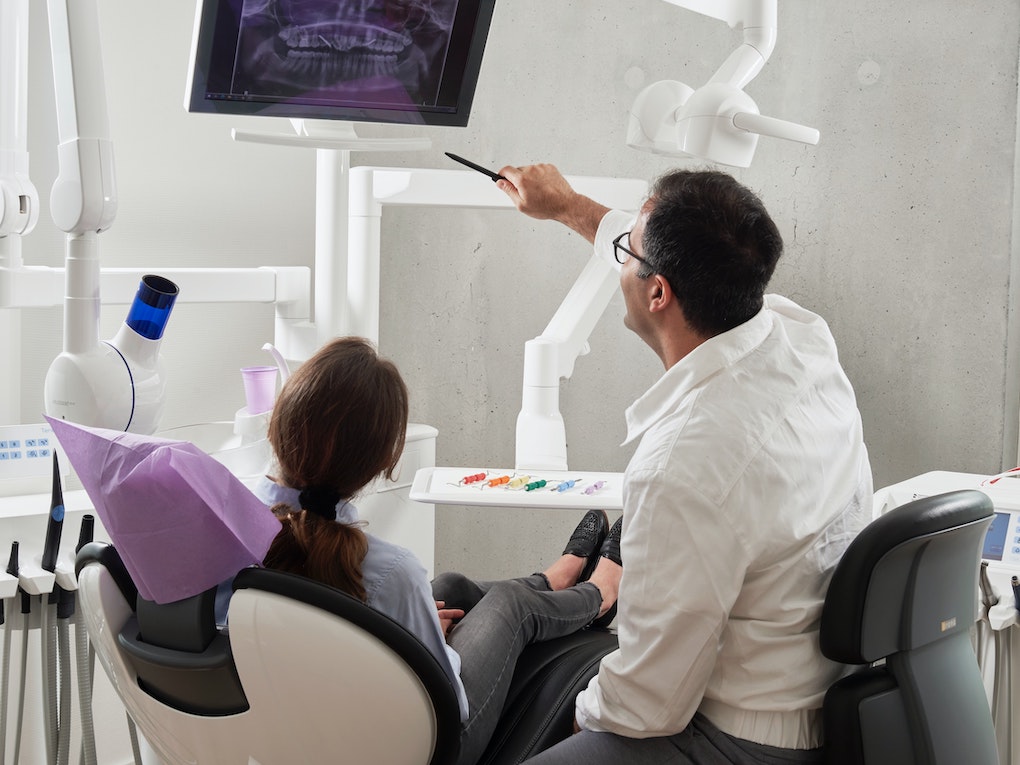
March 21, 2022
A Breakdown of the 2022 Dental Salary Survey

There’s no wrong time to evaluate the salaries of your dental practice staff to see how they stack up to the rest of the industry in an effort to retain employees. That’s why DentalPost benchmarks compensation, work environments and job turnover rates of dentists, dental hygienists, dental front office staff, dental practice managers and dental billing specialists every year for the largest and most comprehensive dental professional salary survey with participation from more than 13,000 dental professionals nationwide. Here, we offer a breakdown of where the dental industry stands and how it stacks up to 2021.
Big picture
The COVID-19 pandemic continues to take its toll on the dental industry with employee retention noted as the number-one challenge facing dental practices today, so this year’s survey was “expanded to provide even greater contextual data to better serve dental professionals.” This included job turnover in the previous year, income satisfaction and dental staff raises in the last year, as well as data around supplemental income and dental entrepreneurial side hustles and gigs. The survey also included more insight for dental practice owners regarding what they can do to be more competitive when it comes to recruiting.
Dentists
Dentists are reportedly working harder than last year with 18% working more than 40 hours a week and only 11% planning to retire next year. Those who reported being satisfied with their annual income made more than $300,000 in the last year, with 64% of responding dentists in corporate practices are paid based on a percentage of production. Relatedly, in the highest paying six locations (Washington D.C., Puerto Rico, Wisconsin, Hawaii, Iowa, and Massachusetts), the average dentist income was $349,800 to $409,333. Trends indicate dentists hit their peak income in corporate practices by 15 years of experience, whereas dentists in private practice hit their peak income at 25 years.
Dental hygienists
In the past year, 72% of the full-time registered dental hygienist (RDH) salaries ranged from $40,000 to $80,000 with 43% of dental hygienists earning more than $70,000 annually and 21% of dental hygienists earning more than $80,000 annually. However, among those who indicated they are dissatisfied with their income, the median income is $64,000, “suggesting that it is not just the lowest paid dental hygienists unhappy with their income.” In the five highest-paying states (Washington D.C., Alaska, California, Washington, Maryland, and Nevada), the average dental hygienist income varied from $84,000 to $109,750, making the national average total income $70,067 with half of all RDHs earning $70,000 or more. The survey notes top earners are dental hygienists with 10 to 19 years of experience, with employer type and location of dental practice playing a part.
Dental assistants
According to the survey, 59% of responding dental assistants said they have been with their employer fewer than five years. In the past year, 61% of full-time dental assistant salaries range from $31,000 to $50,000, with 14% earning more than $50,000, an increase over 2020. The percentage of dental assistants reporting total income less than or equal to $20,000 also dropped from 8% to 4.5%. Just over 27% of responding dental assistants said they planned to look for a new job within the following year, with 21.5% noting they work more than one job. Of note, between 48% and 49% indicated their duties had been increased due to the pandemic, with 18.5% being compensated for the additional duties.
General front office staff members
The responsibilities of dental front office workers include answering dental practice phones and scheduling patients, in addition to financial record keeping, office cleaning, IT computer support and practice marketing. The survey adds 35% of these staff members also do dental assisting. 57% reported performing extra duties since the start of the pandemic, with 19.5% being compensated in return. A third of survey respondents in this category indicated they planned to apply for one or more new jobs within a year, noting feeling underpaid and expendable.
Dental billing specialists
Of the dental billing specialists surveyed, 32% have had training in medical-dental cross billing. The average hourly wage of billing specialists was $22, with the average full-time income in private dental practices being $42,100 and $47,700 in corporate dental practices. 33% reported they work in more than one dental office, and 20% reported they work more than 40 hours a week. Of note, the survey data indicates there is “an earnings glass ceiling for billing specialists, as well as high discontent with the income billing specialists earn.”
Dental practice managers
The reported hourly rates of dental practice managers ranged from $13 to $70 with the median hourly rate being $28. The average and median reported total income of dental practice managers was significantly higher in corporate practices than in private practices. The survey also reports that even though 72% had received a pay raise in the last two years, only 42% were “satisfied” with their income. Of note, almost one third work more than 40 hours a week. According to the survey, “Even though dental office managers are relatively stable in their employment compared to dental hygienists, dental assistants, and other front office team members, 15% of the responding dental practice managers/administrators planned to apply for a new job within one year.”
What’s next?
Contact the experts at Professional Transition Strategies to learn more about how your dental practice stacks up against the rest.